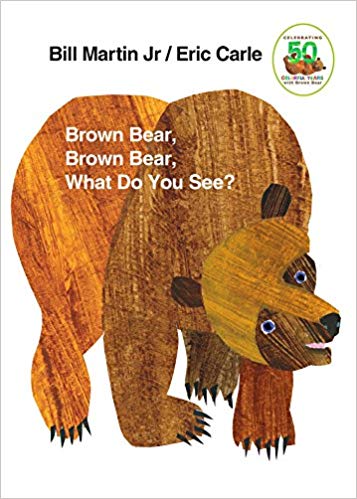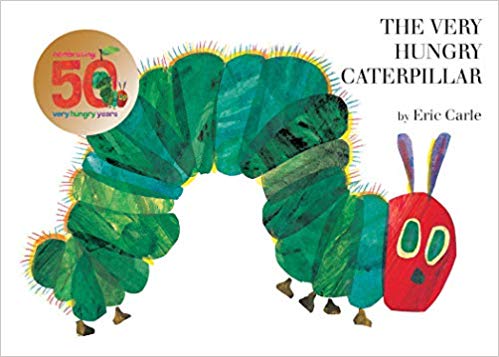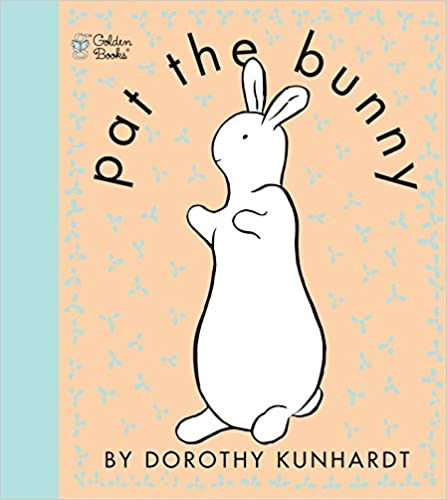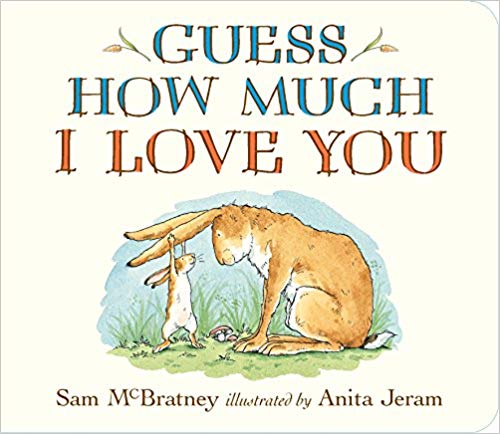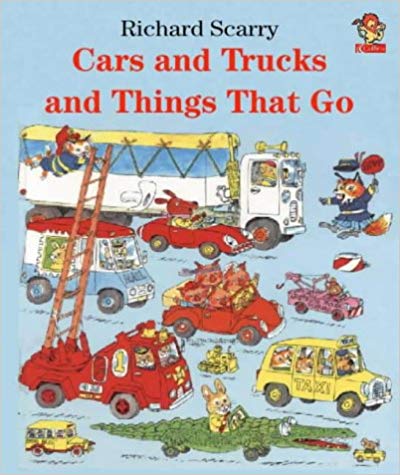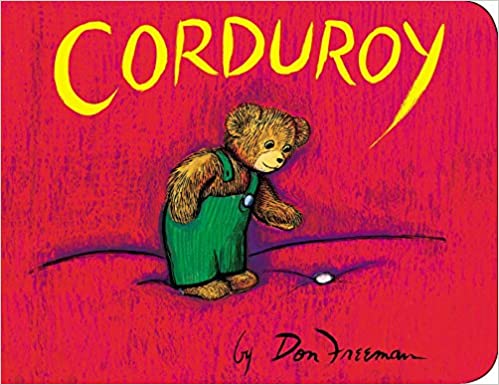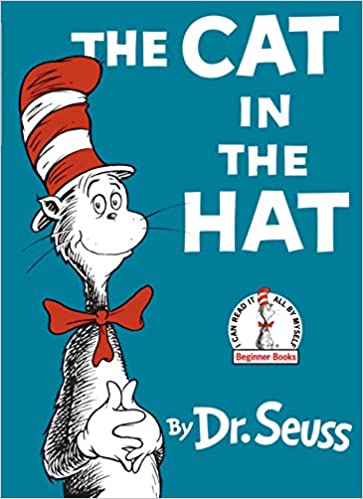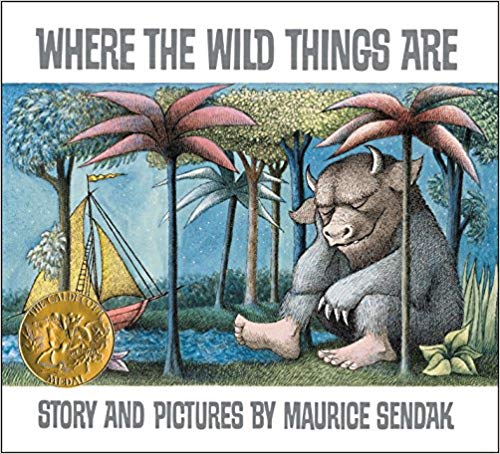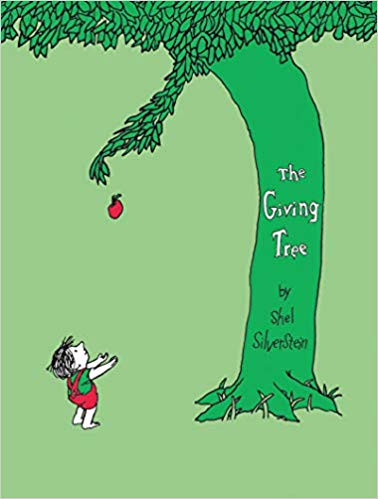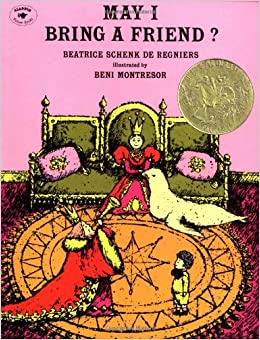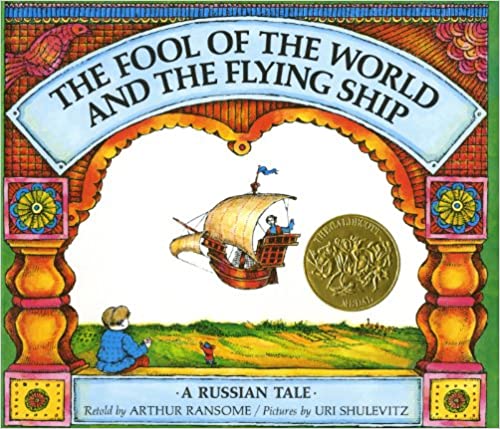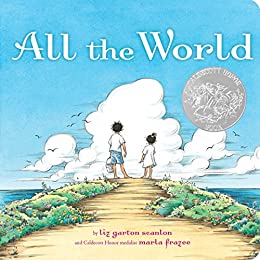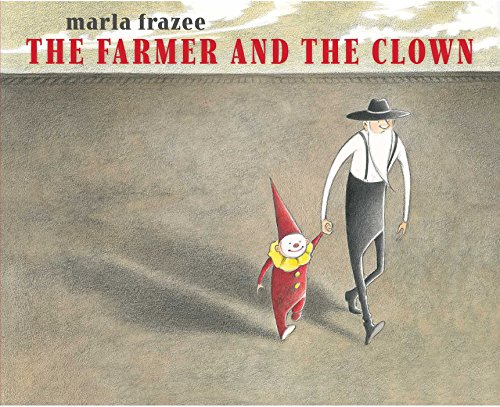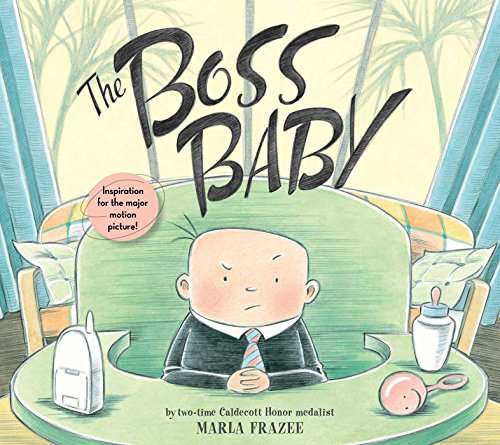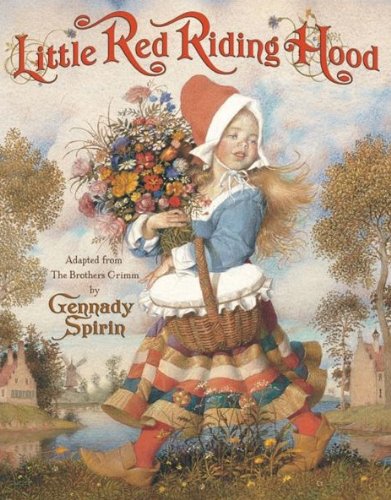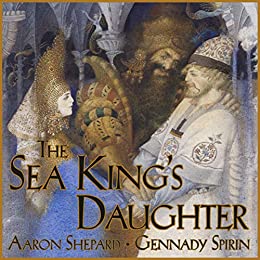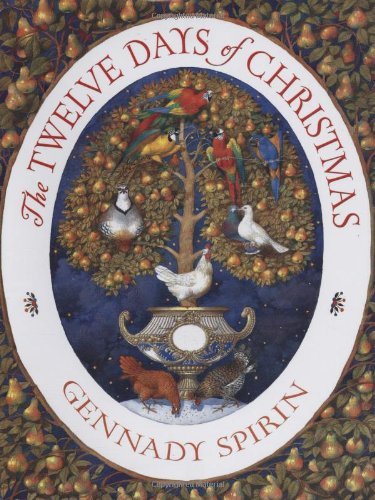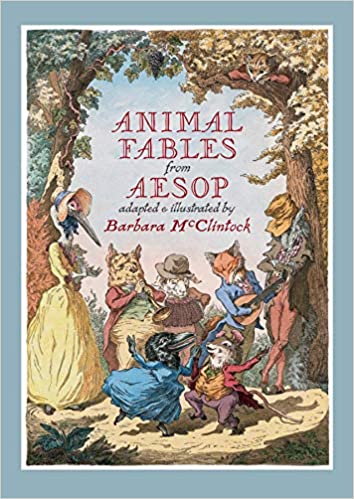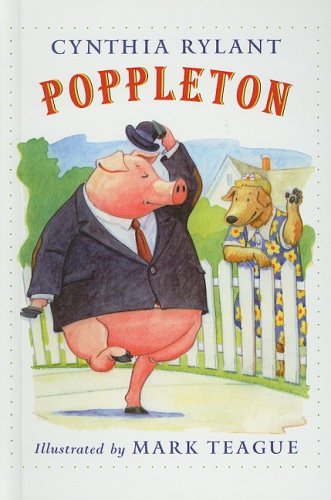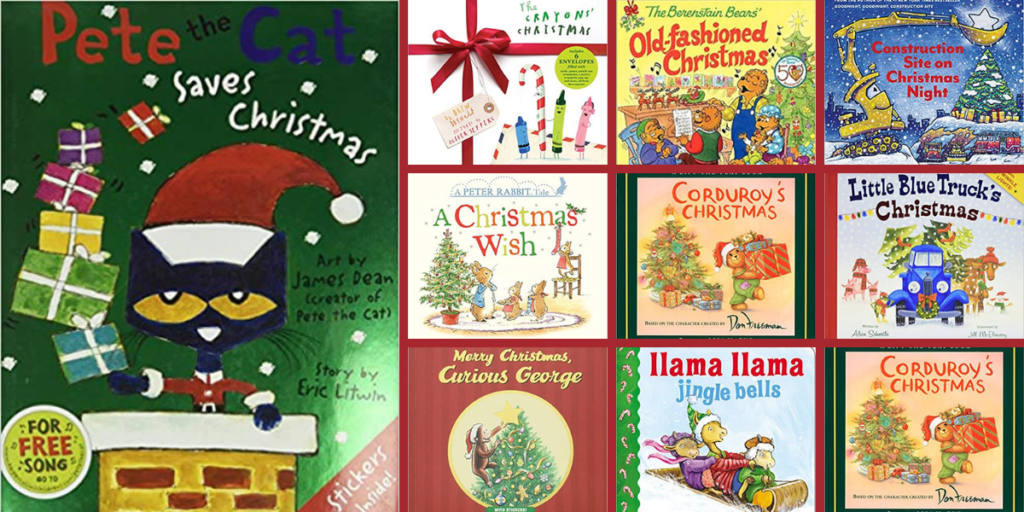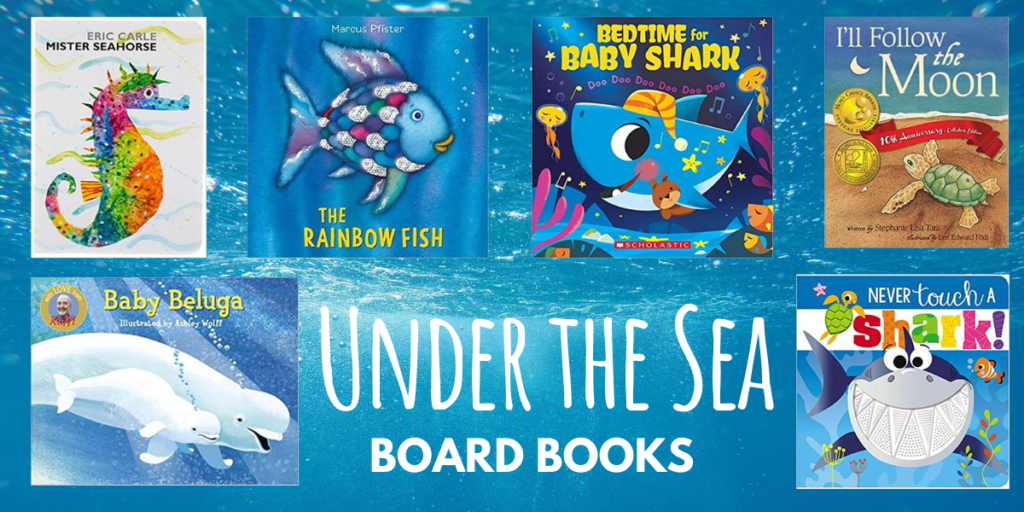The Caldecott Award
The Caldecott award is probably the most renowned award an American picture book can win. Since 1938 the winner has illustrated the most distinguished picture book for children published in the preceding year, as awarded by the Association for Library Service to Children (ALSC), a division of the American Library Association (ALA). A Caldecott medal on the cover of a book signifies to the reader quality craftsmanship and storytelling through illustrations.
Some of the most famous well-read and best-selling books are Caldecott medal winners, including The Polar Express and Jumanji by Chris Van Allsburg, Tuesday by David Wiesner, Make Way for Ducklings by Robert McCloskey, Where the Wild Things Are by Maurice Sendak, and The Snowy Day by Ezra Jack Keats.
But even though a book or an illustrator is popular and best-selling doesn’t mean they will win the award. What books never won the Caldecott award?
What Books Never Won a Caldecott?
Probably the most popular author never to have won a Caldecott is Dr. Seuss, although he did have three Honor award winning books. Perhaps as a nod to his contributions towards children’s literature, Dr. Seuss did have an award named after him, the Theodore Geisel Seuss award for best children’s picture book.
Eric Carle is another fan favorite that never won the prestigious Caldecott award. His book, The Very Hungry Caterpillar, is one of the bestselling children’s book of all time.
Best-loved children’s author Richard Scarry is well known for creating the little world of Scarrytown, and the popular book Cars and Trucks and Things That Go. Scarry has illustrated over 150 books, yet none of them won the Caldecott.
Some other picture books that never won a Caldecott include Goodnight Moon, Pat the Bunny, Corduroy, and Guess How Much I Love You.
Caldecott Terms and Criteria
The ALSC website defines the main criteria for consideration for the Caldecott award:
In identifying a “distinguished American picture book for children,” defined as illustration, committee members need to consider:
- Excellence of execution in the artistic technique employed;
- Excellence of pictorial interpretation of story, theme, or concept;
- Appropriateness of style of illustration to the story, theme or concept;
- Delineation of plot, theme, characters, setting, mood or information through the pictures;
- Excellence of presentation in recognition of a child audience.
The winner of the Caldecott is the illustrator of the book, not necessarily the author, although most winners are both the author and illustrator. Other notable criteria is that the winner must be a citizen or resident of the United States. The book must be published in English by an American publisher. The ALSC award committee is not to consider the artist’s entire body of work when making a decision. Whether an artist is a previous award winner is also not a factor. (Illustrators Marcia Brown and David Wiesner are currently tied for the most Caldecott awards at three each.) You can visit the ALSC website for additional information on terms and criteria for the Caldecott Award.
So Why Didn’t They Win?
A Plethora of Books!
So what are some reasons these amazing books and artists never won the Caldecott award? The most obvious reason is that there are too many wonderful children’s books published each year and only one can win. Obviously, some great books will get left out. To rectify this, the ALSC created the Caldecott Honor books, a silver medal instead of gold, basically the Caldecott’s runner-up. There are no set amount of Honor books that must be designated each year. For example, in 2015 six Honor books were awarded. In 2011 there were only two books that received the Honor award.
Not the Best This Year
Another related reason could be that the book was not the best that particular year. For example, both Clifford the Big Red Dog by Norman Bridwell and Hop on Pop by Dr. Seuss were published in 1963. Both books are arguably household names, however, Where the Wild Things Are won the Caldecott in 1964 (for books published in 1963). They are all wonderful books, but one happened to be picked over the others.
Did the Committee Choose Poorly?
The committee consists of 15 members of the American Library Association. Committee members selected range from librarians to scholars, educators and more, with members changing each year. Each book goes through a rigorous discussion and review process before the award is given.
However, nobody is perfect. Is it possible that the awards committee could choose the wrong book? Some Caldecott winning books fade into obscurity while non-winners published the same year remain popular and well-loved. For example, The Giving Tree was passed over in 1965 in favor of May I Bring a Friend? And while May I Bring a Friend is beautifully illustrated, it is The Giving Tree that stood the test of time and remains popular today.
Another example is well-loved Corduroy published in 1968, and yet the Caldecott winner was the delightful picture book The Fool of the World and the Flying Ship that today is practically unknown.
Old Rules
Up until 1977, a picture book could not be considered for both a Newberry and Caldecott award. Although unlikely, this rule could have prevented some picture books from being considered for the Caldecott because they were also being considered for the Newberry.
“If a book of the year is nominated for both the Newbery and Caldecott Awards the committee shall decide under which heading it shall be voted upon, so that the same title shall not be considered on both ballots.”
ALSC Award Criteria prior to 1977
In 1977 a separate committee was created for each award and the ruling was changed to allow any book to be eligible regardless of nominations for other awards. So far, there has not been any book that won both the Newberry and the Caldecott.
Harry Potter Shall Forever Remain a CaldeNOTT
Although the Harry Potter books will technically never win the Caldecott because they are not picture books, they are also not eligible for the corresponding Newberry award for the best children’s literature, as they are not written by an American author. Caldecott and Newberry award criteria dictate that the author must be an American citizen or resident, and the book must first be published in English by an American publisher.
The Caldecott and Newberry were originally created in the early 1900s when American children’s literature was few and far between; most families relied on British classics such as Peter Rabbit and Winnie the Pooh for quality children’s books. The Caldecott and Newberry awards were restricted to American authors and illustrators to inspire and promote good literature from within the United States.
Since then, the reading community has become much more global, and an updated children’s award has been created to reflect that global awareness. The Batchelder Award is “awarded to a United States publisher for a children’s book considered to be the most outstanding of those books originating in a country other than the United States and in a language other than English and subsequently translated into English for publication in the United States during the preceding year.” So keep in mind that a non American illustrated book might be the reason that your favorite book never made the Caldecott cut.
And Some Other Reasons…
Just because a book is popular doesn’t mean it will win a Caldecott. A note at the bottom of the awards criteria states that “the award is for distinguished illustrations in a picture book and for excellence of pictorial presentation for children. The award is not for didactic intent or for popularity.” The same goes for well-known illustrators. They may have an amazing body of work, but the committee is supposed to review the submission for only that year, not the artist’s body of work as a whole. This can lead to amazing illustrators getting left out year after year. Other reasons could be that the text of the book is not as engaging as the illustrations. Or, some people speculate that independent or small print publishers are overlooked in favor of larger publishing houses with more reach. Whatever the reason, there are many worthy books that have never won the coveted prize.
Other Amazing Artists Who Never Won the Caldecott
Although winning the Caldecott is a top honor, there are many other awards to be won. Just because an illustrator is not the proud owner of a Caldecott medal does not mean that they lack talent. Here are some of my favorite artists that, to date, have not yet won the coveted Caldecott Medal. (Although please note, several have won the Caldecott Honor award – an amazing honor!)
Marla Frazee
Gennady Spirin
Judy Schachner
Barbara McClintock
Mark Teague
The Caldecott Award is a great indicator of a quality children’s book, however, it is not an end all be all designation of greatness. There are many wonderful books out there so give them a try! As always, thanks for stopping by, and thanks for reading.
The Best Caldecott Award Winning Books for Young Children
THE POWER OF BEAUTIFUL ILLUSTRATIONS: HONORING THE CALDECOTT AWARD When you see a Caldecott medal…
Christmas Books with Favorite Children’s Book Characters
Sometimes the Christmas season can get a little crazy with shopping, cooking, and everything it…
Under the Sea Board Books for toddlers
Good morning, and Happy Thursday! Today I want review some of my favorite under the…




